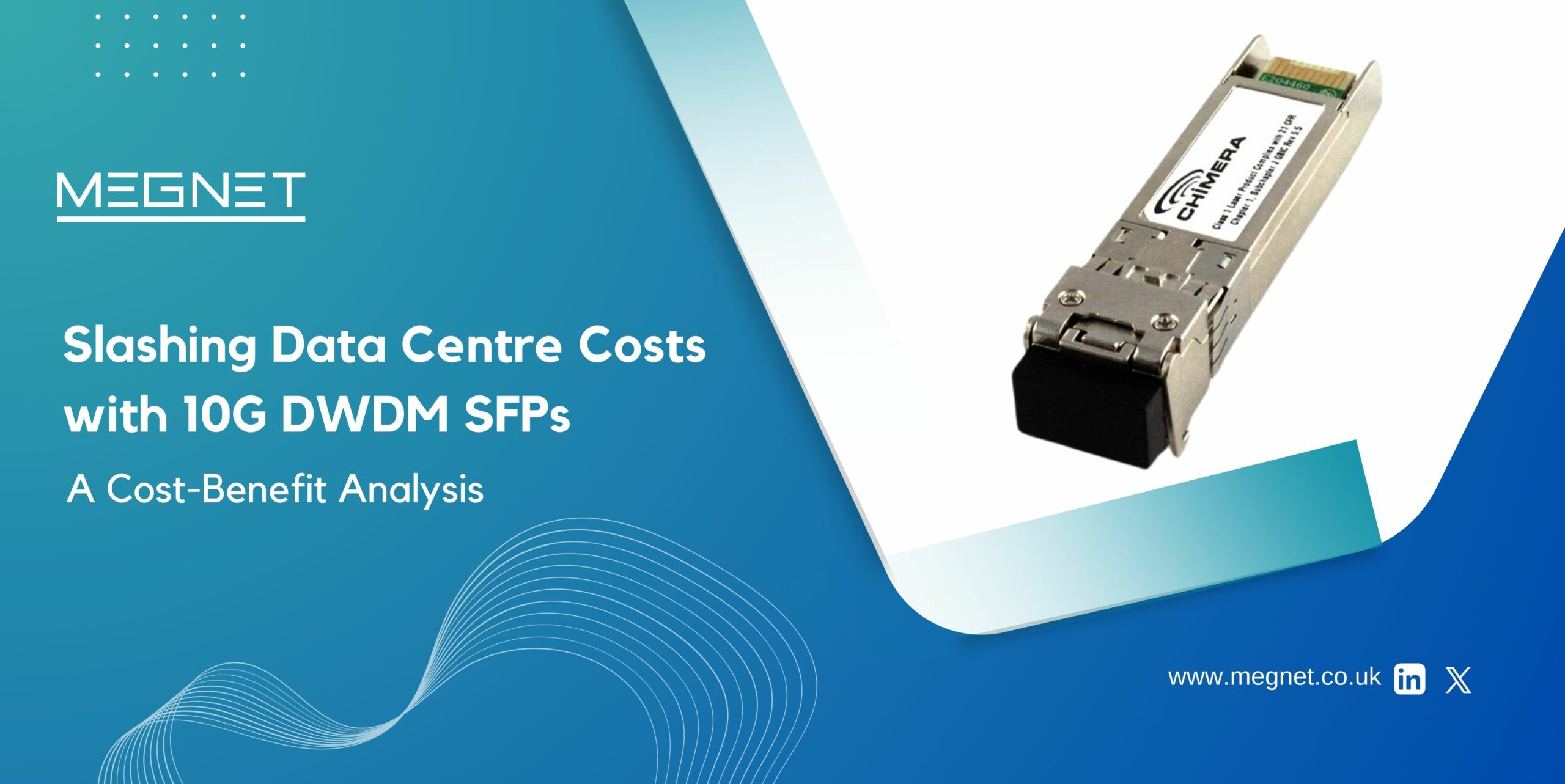
Slashing Data Centre Costs with 10G DWDM SFPs: A Cost-Benefit Analysis
With today’s exponential growth in data traffic, data centres face rising challenges in accommodating ever-increasing bandwidth demands while keeping costs under control. Traditional networking solutions often grapple with scalability limitations, inefficient space utilization, and skyrocketing power consumption. Fortunately, the emergence of 10G DWDM SFPs (Small Form-factor Pluggable transceivers) offers a revolutionary approach to optimize data centre operations while slashing costs. In this blog, we’ll delve into a comprehensive cost-benefit analysis of deploying 10G DWDM SFPs in your data centre, providing you with the insights to make informed investment decisions.
Understanding the Benefits of 10G DWDM SFPs:
10G DWDM SFPs utilize Dense Wavelength Division Multiplexing (DWDM) technology, combining multiple data streams onto a single fibre optic cable via different wavelengths. This translates into several key advantages for data centres:
- Enhanced Bandwidth: Compared to traditional 1G or 10G Ethernet, 10G DWDM SFPs provide up to 10 times the bandwidth capacity, effortlessly handling surging data traffic within existing fibre infrastructure.
- Increased Scalability: As bandwidth demands escalate, adding more 10G DWDM SFPs to existing switches is much easier and more cost-effective than laying new fibre cables or deploying entirely new hardware.
- Reduced Cabling Needs: By consolidating multiple data streams onto a single fibre, 10G DWDM SFPs significantly reduce cable clutter and simplify data centre cabling, saving space and simplifying maintenance.
- Improved Power Efficiency: Compared to older networking technologies, 10G DWDM SFPs consume significantly less power per bit transmitted, minimizing data centre energy bills and contributing to greener operations.
Quantifying the Cost Savings:
Let’s analyse the practical cost savings offered by 10G DWDM SFPs through various scenarios:
Reduced Cabling Costs:
- Traditional 10G Ethernet setups require multiple cables per server connection, leading to higher costs in materials, installation, and maintenance.
- Using 10G DWDM SFPs drastically reduces the number of cables needed, potentially leading to cost savings of up to 70% in cabling alone.
Optimised Space Utilisation:
- The traditional cabling spaghetti monster consumes valuable rack space in data centres.
- Replacing multiple cables with single fibre optic cables using 10G DWDM SFPs frees up crucial rack space, potentially allowing for:
- Increased server density and higher data centre capacity.
- Reduced data centre footprint and associated rental costs.
Energy-Efficient Operations:
- 10G DWDM SFPs consume significantly less power than older networking technologies.
- This translates to potential energy cost savings of up to 30%, depending on your data centre’s energy rates and power consumption profile.
Calculating the ROI:
The return on investment (ROI) for deploying 10G DWDM SFPs depends on various factors, including data centre size, bandwidth requirements, and existing infrastructure. However, studies have shown that data centres can expect to achieve an ROI of 150% or higher within three years of implementing 10G DWDM SFPs, making it a highly cost-effective investment.
Beyond Cost Savings:
While cost reductions are undeniably crucial, 10G DWDM SFPs offer additional benefits that go beyond the financial bottom line:
- Improved Network Performance: With higher bandwidth and lower latency, 10G DWDM SFPs boost application responsiveness and overall network performance, leading to enhanced user experience and optimized business operations.
- Increased Agility and Scalability: The easy plug-and-play nature and modularity of 10G DWDM SFPs make it easier to adapt to changing bandwidth demands and add new services with minimal downtime and disruption.
- Enhanced Security: DWDM technology inherently isolates data streams by wavelength, offering improved security compared to traditional shared-wire setups.
Making the Smart Choice:
The evidence is clear – 10G DWDM SFPs represent a cost-effective and performance-enhancing solution for data centres of all sizes. By reducing cabling costs, optimising space utilization, minimizing energy consumption, and boosting network performance, these powerful transceivers can deliver significant cost savings and empower your data centre to operate at peak efficiency. If you’re looking for a future-proof and cost-effective approach to meet your data centre’s expanding bandwidth needs, look no further than 10G DWDM SFPs. They’re not just slashing costs, they’re paving the way for a more agile, efficient, and resilient data centre infrastructure.
Conquering the Challenges: Addressing Concerns and Implementing 10G DWDM SFPs
While the advantages of 10G DWDM SFPs are compelling, some concerns might linger for potential adopters. Let’s explore some common considerations and how you can navigate them:
- Initial Investment: The upfront cost of 10G DWDM SFP modules can be higher than traditional SFPs. However, consider this as an investment that yields significant cost savings in the long run through reduced cabling, lower power consumption, and increased server density. Remember, the ROI calculations presented earlier highlight the potential for substantial financial gains within a short timeframe.
- Compatibility Concerns: Ensure your existing data centre equipment is compatible with 10G DWDM SFPs. Most modern switches and routers support them, but older hardware might require upgrades. Consult with your network equipment vendors and choose SFPs with MSA (Multi-Source Agreement) compliance for wider compatibility.
- Expertise and Training: Implementing 10G DWDM SFP technology might require specific expertise beyond standard network management. Consider partnering with experienced consultants or seeking vendor training to ensure smooth deployment and efficient operation.
- Wavelength Management: DWDM technology necessitates managing multiple wavelengths within your fibre infrastructure. Fortunately, modern SFPs and switches often offer built-in wavelength management features, simplifying configuration and maintenance. Additionally, wavelength division multiplexers (WDMX) can expand your existing infrastructure to accommodate even more wavelengths.
- Security Considerations: While DWDM inherently isolates data streams by wavelength, additional security measures might be necessary for sensitive data transmissions. Encrypting data across the network and implementing strong access control protocols are crucial for comprehensive security.
Getting Started with 10G DWDM SFPs:
If you’re convinced of the benefits of 10G DWDM SFPs, here’s a guiding framework for implementation:
- Analyse your Data Centre Needs: Assess your current bandwidth requirements, future growth projections, and budget constraints. This will help you determine the right number of SFPs and wavelength channels to deploy.
- Research your Options: Explore different 10G DWDM SFP manufacturers and compare their features, compatibility, and pricing. Choose modules that match your equipment and offer reliable performance within your budget.
- Plan your Deployment: Develop a step-by-step implementation plan including infrastructure upgrades, equipment configuration, data migration, and testing procedures. This ensures a smooth transition and minimizes downtime.
- Partner with Experts: Consider working with experienced network consultants or your SFP vendor to support the deployment process. This expertise can save time, avoid potential pitfalls, and optimize your network configuration.
- Monitor and Optimize: Once your 10G DWDM SFP network is up and running, monitor its performance and utilize available management tools to fine-tune your configuration for optimal efficiency and cost savings.
While 10G DWDM SFPs are revolutionizing data centres today, they’re merely the foundation for an even more exciting future.
Let’s peek into the innovative potential this technology holds:
- Hyperconverged Infrastructure: As computing and storage converge within networks, 10G DWDM SFPs will play a crucial role in seamlessly connecting and orchestrating hybrid and multi-cloud environments. Their scalable bandwidth and flexible connectivity will unlock seamless data movement across physical and virtual boundaries, paving the way for agile, responsive, and cost-effective cloud-based computing solutions.
- Edge Computing Powerhouse: The burgeoning world of edge computing, where data processing occurs closer to its source, demands high-bandwidth, low-latency networks. 10G DWDM SFPs, with their compact size and efficient power consumption, are perfectly suited for edge deployments. They can connect remote sensors, devices, and edge computing nodes, enabling real-time data analysis, intelligent decision-making, and faster responses at the network edge.
- Network Automation and AI: As artificial intelligence (AI) infiltrates networks, 10G DWDM SFPs will provide the critical infrastructure for intelligent, self-managing data centres. Their programmability and dynamic wavelength allocation capabilities will empower AI-driven network management tools to optimize traffic flow, predict bandwidth demands, and automatically adjust configurations for optimal performance and resource utilization.
- Quantum Networking Dawn: While in its nascent stages, quantum computing promises disruptive advancements in computing power. When this technology matures, 10G DWDM SFPs, with their ultra-high bandwidth and secure wavelength isolation, will become vital building blocks for connecting quantum computers and transmitting the fragile quantum data across networks, unlocking the full potential of this revolutionary technology.
Market Data and Trends:
- Quantify the growth: The global 10G DWDM SFP market is projected to reach USD 3.21 billion by 2027, growing at a CAGR of 12.4% from 2022 to 2027 (source: Grand View Research). This exponential growth signifies the surging demand for high-bandwidth networking solutions in data centres.
- Identify key players: Major players dominating the market include Cisco, Arista Networks, Broadcom Inc., Huawei Technologies Co. Ltd., ZTE Corporation, and Finisar Corporation. They offer diverse product lines catering to different needs and budgets.
- Analyse regional differences: Adoption rates vary across regions. Asia Pacific stands as the largest market due to the rapid expansion of cloud infrastructure and data centres. North America follows closely, driven by data-intensive industries like finance and healthcare. Europe showcases slower adoption due to stricter regulations and existing fibre infrastructure investments.
- Predict future trends: The future holds a shift towards 40G DWDM SFPs to cater to even higher bandwidth demands. Open-source network solutions like Open ROADM are gaining traction, promoting vendor-neutral interoperability and cost-effectiveness. Additionally, integration with AI-driven network management tools is anticipated for optimized performance and resource utilization.
- Focus on vertical markets: Cloud computing is the primary driver, with major providers like Amazon Web Services, Microsoft Azure, and Google Cloud Platform adopting 10G DWDM SFPs for inter- and intra-data centre connectivity. Other key verticals include healthcare for medical imaging and data sharing, telecommunications for backhaul networks, and financial services for high-frequency trading and data analysis.
Technical Deep Dive:
- Compare different modulation formats: NRZ offers simplicity but lower data density, while PAM-4 packs more data per symbol but requires advanced encoding and decoding, making it suitable for shorter distances. Other formats like DBPSK and DQPSK find niche applications.
- Demystify dispersion management: Chromatic Dispersion Compensation (CDC) techniques like GVD (Group Velocity Dispersion) and EML (External Modulator Laser) counteract different types of dispersion, while Dispersion Managed Fibre (DMF) is a pre-designed fibre type with inherent compensation.
- Explain reach capabilities: Standard 10G DWDM SFPs reach up to 10km, while extended-reach versions manage 40km or even 80km. Long-reach modules (LRM) using advanced modulation like PAM-4 can push distances beyond 100km. Choosing the right type depends on fibre type and transmission distance requirements.
- Highlight advanced features: Encryption with AES-256 for secure data transmission and wavelength isolation for dedicated data channels within a single fibre offer enhanced security. Programmability features like dynamic wavelength allocation enable flexible network configurations.
- Compare SFP form factors: SFP is the original format, SFP+ offers higher data rates, and SFP28 supports 25G and 40G speeds. Choosing the right form factor depends on existing equipment compatibility and future upgrade plans.
Cost Analysis and ROI:
- Build a detailed cost-benefit model: Consider savings in cabling costs (up to 70%), optimized space utilization (increased server density), and lower power consumption (up to 30%). Balance these against the initial investment in SFPs and potential training costs.
- Calculate ROI timelines: Studies show ROI can be achieved within 3 years due to cost savings. For example, a data centre saving $100,000 yearly in cabling and power costs with 10G DWDM SFPs would recoup its investment within 3 years.
- Compare with alternative solutions: 10G DWDM SFPs offer advantages over 1G and 10G Ethernet in terms of bandwidth, scalability, and cost-effectiveness in the long run. Upgrades over fibre are expensive, making 10G DWDM SFPs a cost-efficient way to boost bandwidth within existing infrastructure.
- Factor in hidden costs: Training on new technology and vendor support might incur additional costs. Factoring these into the model provides a more accurate picture of the investment.
Delving Deeper: Technical Deep Dive and Industry Trends with 10G DWDM SFPs
Beyond the initial cost-benefit analysis, let’s take a deep dive into the technical intricacies and industry trends shaping the world of 10G DWDM SFPs. This dive will equip you with a comprehensive understanding of their potential and equip you to make informed decisions for your data centre.
Technical Prowess:
- Modulation Matters: 10G DWDM SFPs utilize various modulation techniques, each with its own advantages and limitations. Understanding these differences is crucial for choosing the right module for your specific needs. For example, while NRZ (Non-Return to Zero) offers simpler encoding and decoding, advanced methods like PAM-4 (4-Level Pulse Amplitude Modulation) pack more data into each symbol, boosting channel capacity but increasing complexity.
- Dispersion Demystified: Fibre optic cables introduce optical dispersion, which can blur and distort light pulses, impacting signal integrity. 10G DWDM SFPs employ various techniques to counter dispersion, such as Chromatic Dispersion Compensation (CDC) and Dispersion Managed Fibre (DMF). Choosing the right approach depends on the fibre types and transmission distances within your data centre.
- Reach for the Stars: Different 10G DWDM SFP types cater to varying transmission distances. Standard modules can manage up to 10km, while extended-reach versions stretch the distance to 40km or even 80km. Choosing the right reach capability minimizes power consumption and optimizes performance for your specific network layout.
- Cooler than Ever: Power efficiency is paramount in modern data centres. 10G DWDM SFPs often feature energy-saving technologies like Low Power Electronics (LPE) and advanced cooling designs. Selecting SFPs with lower power consumption translates to lower operating costs and reduced environmental impact.
- Beyond the Spec Sheet: Don’t just rely on manufacturer specifications. Evaluate factors like module lifetime, warranty coverage, and vendor support. Choosing reliable SFPs with robust warranties and strong vendor support ensures long-term performance and minimizes downtime risks.
Industry Trends:
- 40G on the Horizon: While 10G DWDM SFPs reign supreme today, the industry is gearing up for the adoption of 40G DWDM SFPs. These offer even higher bandwidth capabilities, catering to the surging demands of applications like cloud computing, video streaming, and the Internet of Things (IoT). Early adopters of 10G DWDM SFPs will have a smoother transition to future 40G upgrades due to the inherent compatibility and infrastructure similarities.
- Open-Source FTW: The rise of open source initiatives like Open ROADM (Open Reconfigurable Optical Add-Drop Multiplexer) is shaping the industry by promoting vendor-neutral interoperability and cost-effective network solutions. Choosing SFPs compatible with open standards empowers data centres to build flexible and scalable networks without vendor lock-in.
- Green Networks FTW: Sustainability is a growing concern for data centres. Energy-efficient 10G DWDM SFPs with low power consumption and innovative cooling technologies contribute significantly to greener operations. Additionally, their ability to reduce cabling needs and increase server density minimizes the environmental footprint of data centre infrastructure.
- Security Spotlight: As data breaches become more prevalent, security is paramount. 10G DWDM SFPs that offer encryption capabilities and wavelength isolation provide stronger data protection compared to traditional network solutions. Secure protocols and robust SFP functionalities contribute to building a more secure data centre environment.
- Network AI Ascending: Artificial intelligence (AI) is increasingly shaping network management. 10G DWDM SFPs, with their programmability and data collection capabilities, are paving the way for AI-driven network optimization tools. These tools can dynamically adjust configurations, predict bandwidth needs, and automate tasks, leading to higher network efficiency and resource utilization.
Conclusion:
10G DWDM SFPs are not just technological marvels; they represent a shift in how data centres operate. By delving deeper into their technical specifications and industry trends, you gain a comprehensive understanding of their potential and challenges. With this knowledge, you can make informed decisions about deploying 10G DWDM SFPs in your data centre, unlocking cost savings, boosting performance, and future-proofing your infrastructure for the data-driven era. Remember, the technology landscape is constantly evolving, so staying informed and adapting your strategies accordingly will be key to success in the ever-competitive world of data centres.
FAQ's
Yes, 40G DWDM SFPs are on the horizon for even higher bandwidth. Early 10G adopters will have a smoother transition.
Programmable 10G DWDM SFPs pave the way for AI-driven network optimization tools for improved efficiency and resource utilization.
1 - NRZ: simpler, lower data density. 2 - PAM-4: packs more data, needs advanced tech, good for shorter distances.
The global market is projected to reach USD 3.21 billion by 2027, growing at a CAGR of 12.4%. This signifies the surging demand for high-bandwidth data center solutions.
Traditional 1G and 10G Ethernet offer lower bandwidth and less scalability. Upgrading fiber infrastructure can be expensive, making 10G DWDM SFPs a cost-effective way to boost bandwidth within
Nope, existing fiber can usually handle it, saving time and money.
Mostly yes, stick to MSA-compliant ones for wider compatibility.
Absolutely, specific SFPs reach over 100km for remote sites.
Don't wait! 10G DWDM offers significant benefits now, with future upgrades to 40G seamless due to similar infrastructure.
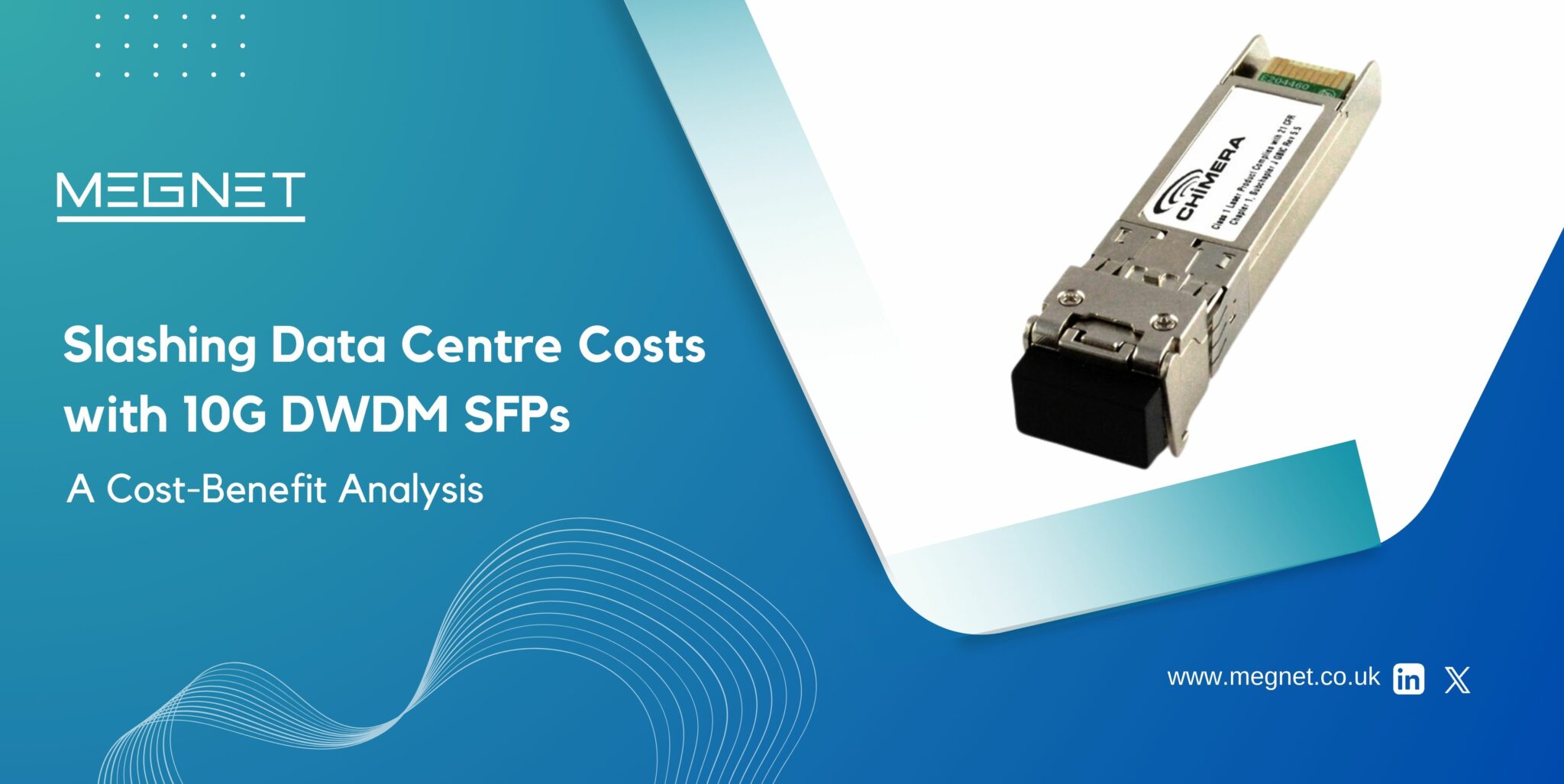

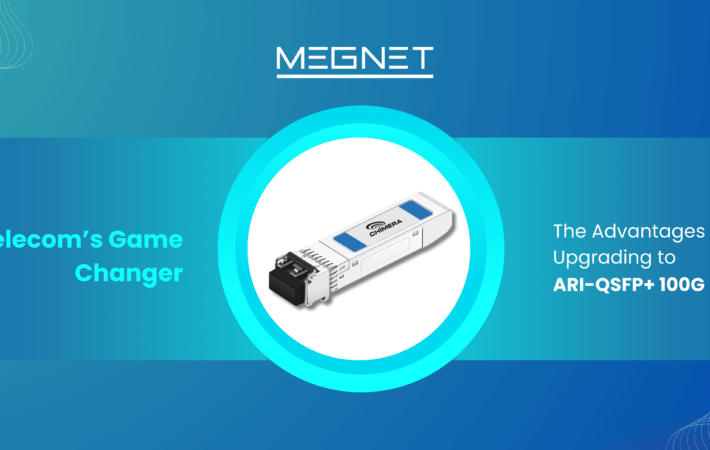

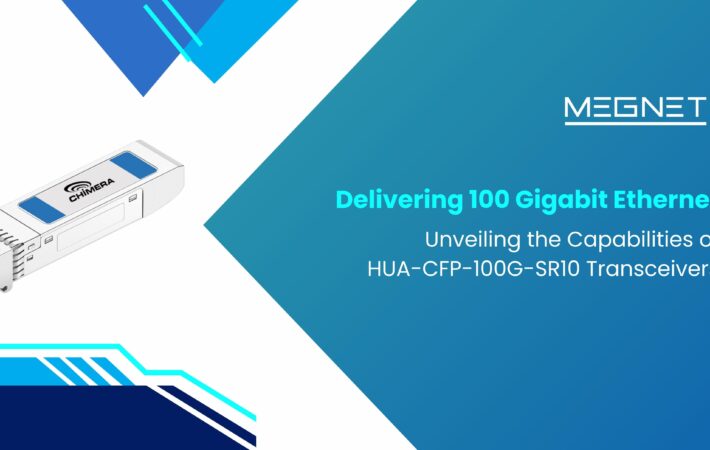
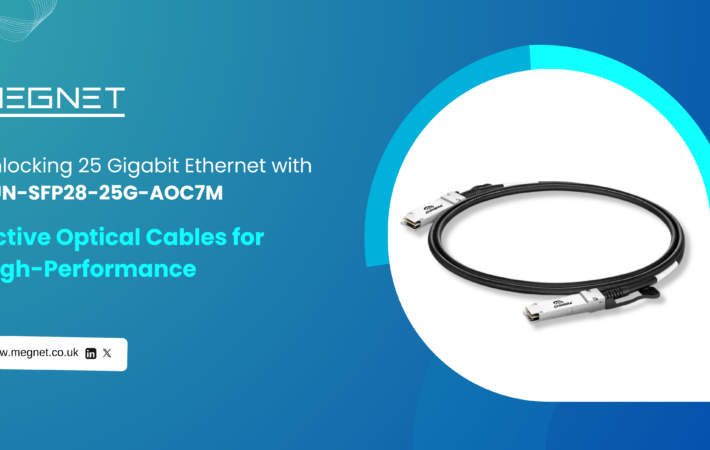
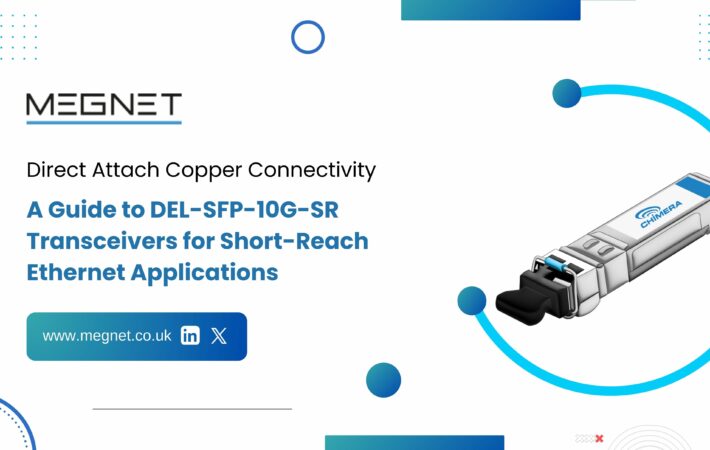


Leave a comment
Your email address will not be published. Required fields are marked *